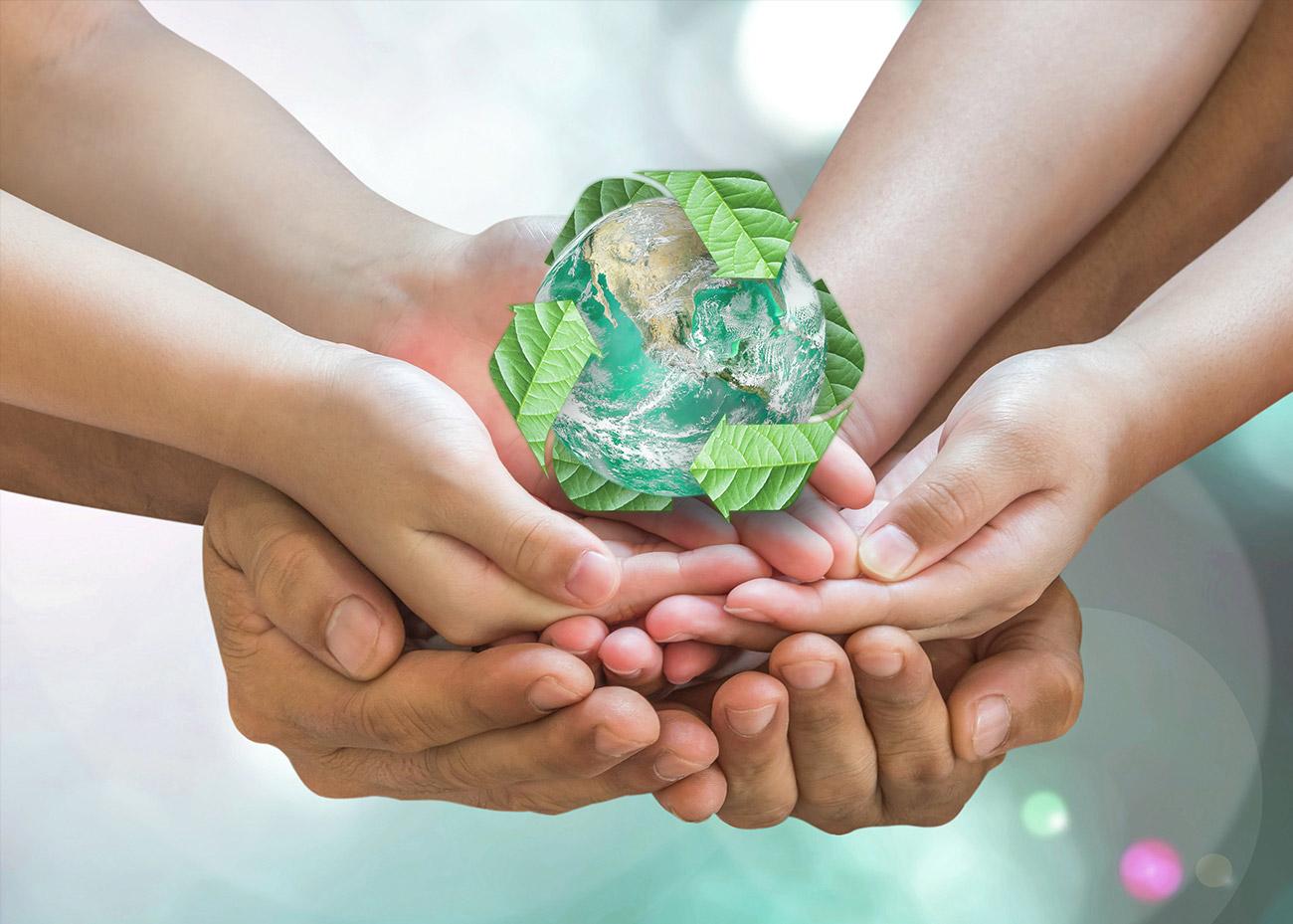Recycling in the textile sector
Recycling in the textile sector
Cosetex’s approach for recycling raw materials and silk
- Is it correct to use the terms Recycling/Waste/Scraps/Reuse for the world of Silk?
- In this context is silk comparable to any other synthetic and/or artificial fiber?
Before getting at the core of the topic, let’s see the definition of continuous and discontinuous Silk in order to better understand the logic behind our concept and our recycling approach:

Continuous Silk derives from the reeling of the continuous thread created by silk cocoon.
Discontinuous Silk or waste or Shappe is the residual with respect to the world of continuum
Silk: a single fiber and two worlds
Continuous thread, Fiber and Yarn from discontinuous waste: man’s nature and inventiveness have created a fully sustainable silk system, capable on the one hand of producing a continuous thread whose realisation technology, (natural extrusion), it is still a reference for all the extrusion techniques creating many artificial fibers. On the other hand, it is a waste system capable of giving full value to everything that is not suitable for the production of continuous yarn.
Definitions
Recycling
“In the technique, an operation in which, after a working cycle has ended, a part of the raw materials of departure (or of intermediate stages), not yet, or only partially transformed, is returned to the processing cycle in the initial stage (or in an intermediate one) – (Treccani)“
Ricycling (Process)
“Process through which the aim is to recover materials, with the twofold objective of limiting the quantity of waste and obtaining material or energy savings by reintegrating the recovered materials into the production cycles. The products to be recycled come from pre-consumption materials ( processing waste etc.) and post-consumer materials (solid urban waste, etc.) – (Treccani) “
Cosetex + Adding Value = The future of Silk
Within the European textile sector, Cosetex is a concrete reality that for three generations, (more than 120 years of history), has been working to preserve tradition and to enhance the natural Silk waste. Value understood as the future, thanks to the exceptional chemical/physical features, sustainability and naturalness making the Silk the material (not only the fiber) of the Future.
Cosetex, first in its sector, is certified according to the GRS (Global Recycle Standard of Textile Exchange) protocol. (view Cosetex certifications)
Global Recycle Standard is supported by the Textile Exchange, (Texas USA – 210 companies in more than 25 countries), an important non-profit organization that promotes responsible and sustainable development in the textile sector.
Through an analytical and objective certification process, GRS recognises the importance of reuse and recycling as the key factor for a model based on sustainable production and consumption, reducing the usage of primary resources (raw materials, water and energy), and increasing the quality and sustainability of finished products.
The certification is based on the specific composition of the materials and regards the content of components derived from recycling, defining: restrictions on the use of chemicals dangerous to human health, a strict maintenance of traceability throughout the entire production process, the respect for the environment, the presence of social criteria related to workers’ rights.
A different approach: from Re-cycle to Re#value

Conclusions
- Is it correct to use the terms Recycling/Waste/Scraps/Reuse for the world of Silk?
- In this context, is Silk comparable to any other synthetic and/or artificial fiber?
The answer is Cosetex’s Re # valueSilk

